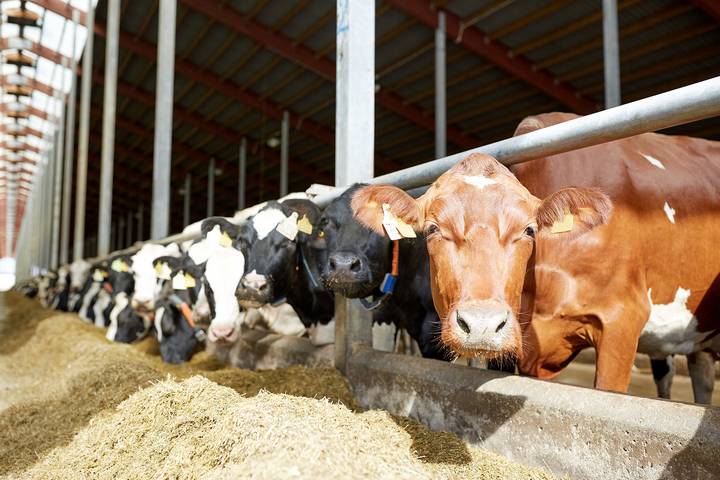When the cold weather hits, heat is a concern for many farmers. How to keep barn animals warm is a priority. Heat is essential for their well-being; unlike humans, animals can’t put on additional layers of clothing. They also can’t be brought indoors, at least not consistently, to warm up and get out from the coldness.
Farm animals require special care regarding climate, temperature, and shelter during the colder days of the year. A farmer can take some simple steps to keep barn animals warm.
Ensure Your Barn Is Winterized
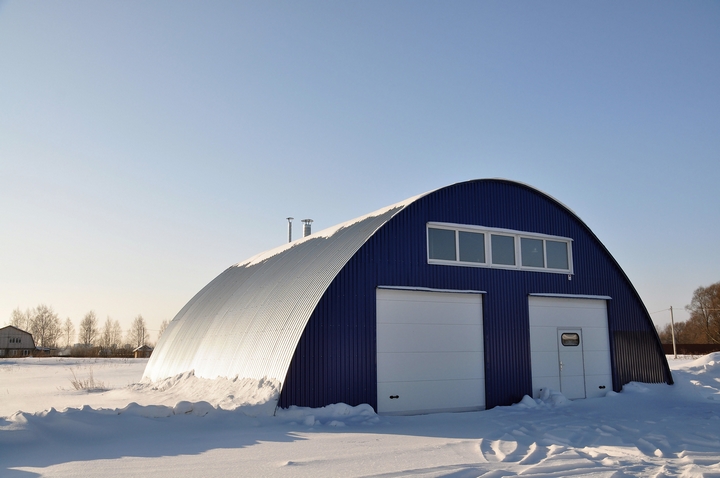
A barn should not be drafty or poorly insulated. If it is, this should be the first project you tackle. Ensure your barn is properly insulated and that drafts are kept to a minimum. Make the necessary repairs by filling in any holes you aren’t relying on for airflow.
There are other small repairs and fixes you can make to barn construction that you may not associate with keeping barn animals warm, such as removing cobwebs to improve light and installing gutters to prevent snow and ice from collecting around doors.
Ensure Doors & Windows Close and Latch Properly
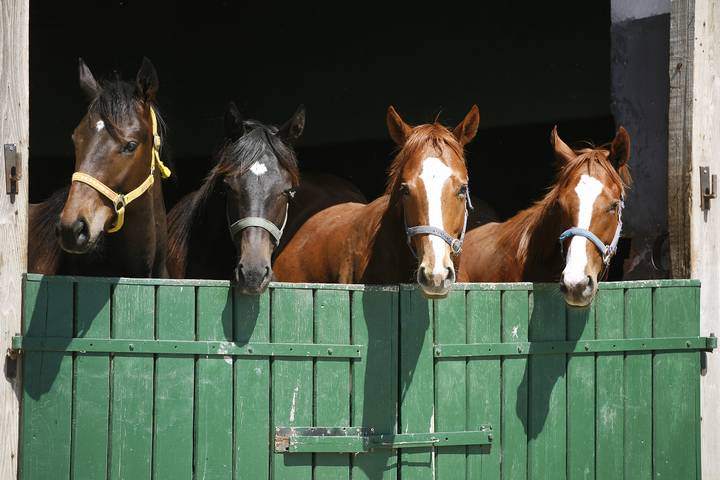
Doors and windows are the most common source of drafts. Ensure they close and latch properly. Any barn doors that are warped over time, no longer fit and close properly, are used, or aren’t functioning well may need to be replaced.
Clean Regularly Around Doors and Windows
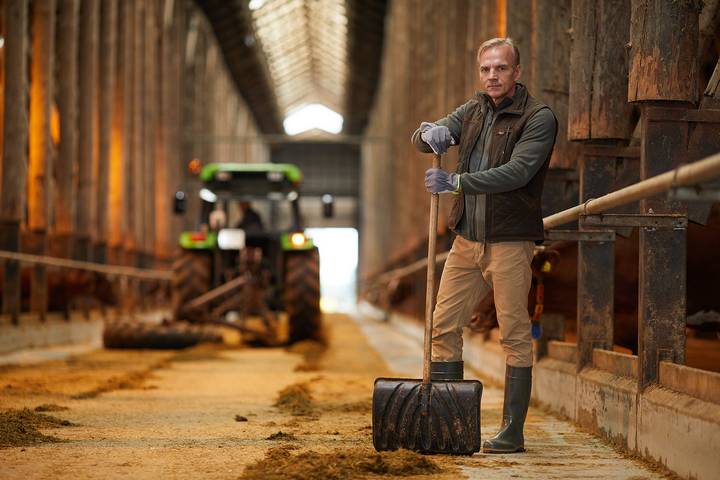
Remove snow and ice as they occur. Prevent build-up around doors and windows. This will improve the temperature inside the barn. Clearing out the area by the doors reduces the amount of mud that can get on barn animals, affecting their body heat.
Invest In Barn Curtains for Your Doorways
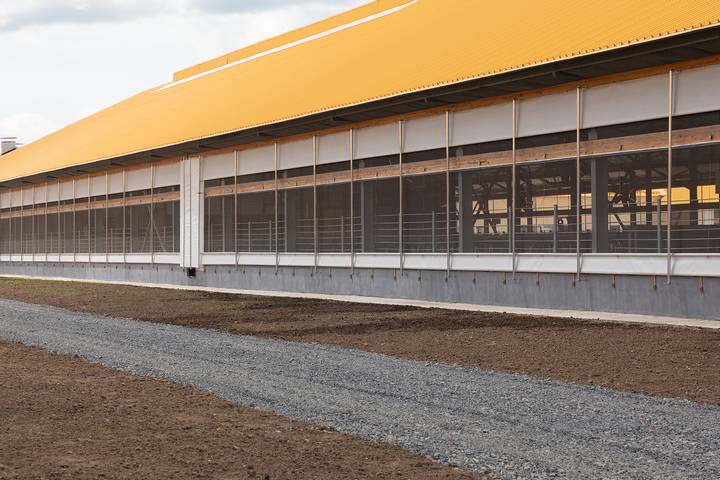
Open doorways are an obvious problem on a cold day as there is no way to properly control climate and temperature unless you use barn curtains. Limit drafts, even with open doorways. The barn curtain helps retain indoor heat while allowing animals and workers to move freely.
Rearrange Animals to Weaponize Their Body Heat
Livestock generate lots of body heat. Use that. Arrange your animals in groups of two or three per pen, allowing them to huddle together for warmth and comfort. Avoid penning large herds together, however. Keep groups small.
If you cannot put your animals in the same pen, house them in stalls close enough to each other that they can still get the benefits of shared body heat. Some farmers concentrate their animals in a single area of the barn, minimizing heating costs overall for the building.
Provide Lots of Bedding for Warmth
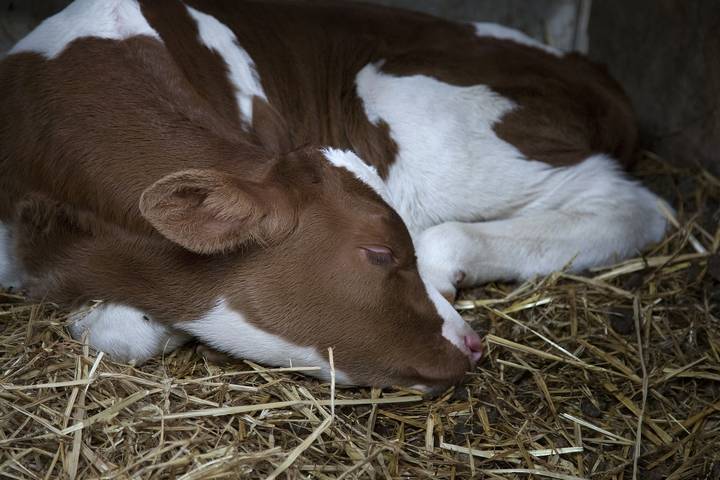
Bedding is an important source of warmth for animals. Animals should have plenty available: sawdust, hay, or wood shavings. Their living area, where the bedding is, should also be dry. Any wet bedding or mud accumulation on bedding can cause an animal to get sick.
This may mean cleaning out the stalls more frequently, but it’s needed to help keep your animals comfy and safe. Dry bedding is even more essential for newborns and younger animals as they risk frostbite.
Install a Barn Heater for More Temperature Control
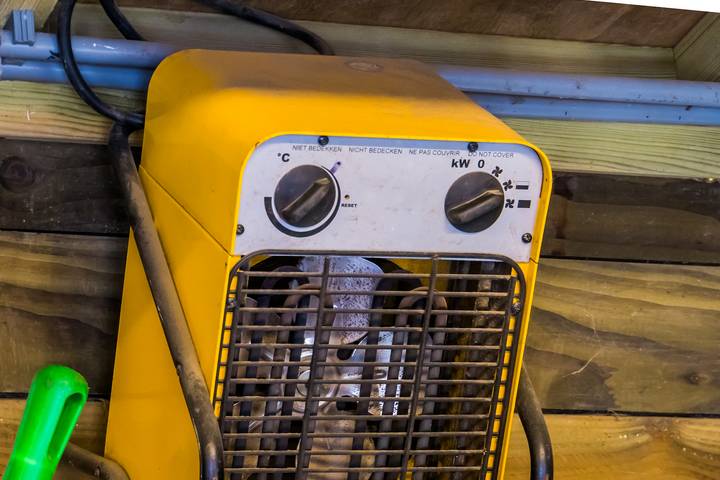
As much as you may try to get by through natural, non-mechanical means of warming your barn, having a heating system is smart. These systems often use heating cables under the floor to heat the barn uniformly. Though expensive to install, this is the most efficient heating system for a barn and can prevent fires or similar hazards.
There are other ways to create heaters, such as heating bricks or filling tubs with hot water. That said, these carry risks and, depending on their placement, could cause a spill or injury. Heat lamps are another way to go with warming a barn.
However, they can be a fire hazard. Heat lamps should also never be left unattended for long periods and placed far from flammable objects, such as bedding or hay.
Ongoing Temperature Monitoring
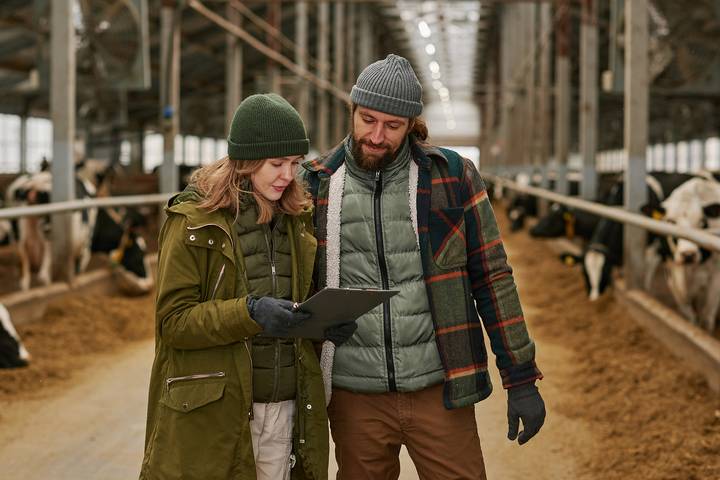
A key element of keeping barn animals warm is monitoring the barn’s temperature, ensuring there isn’t too much warmth or cold. If you have installed a barn heater with an automation function, you are likely already monitoring temperature. Doing so minimizes expenditures relating to heating a barn environment mechanically.
Increase Their Food Intake
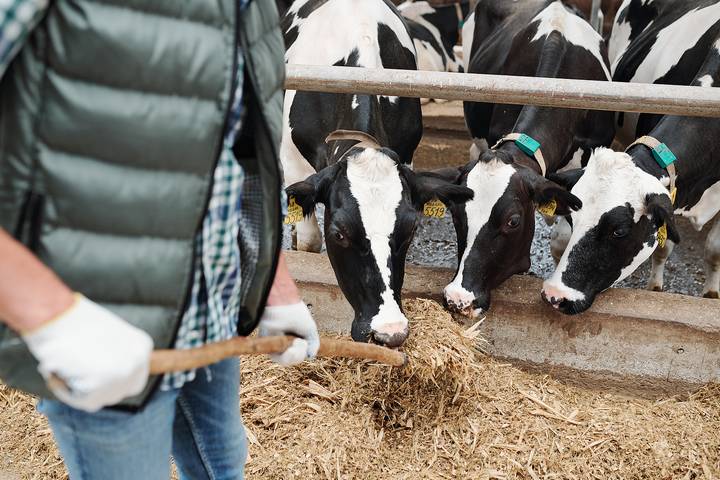
Another way to help barn animals stay warm through a colder period is to increase the food provided. As animals eat, their metabolism accelerates. This helps them to burn more energy and produces more body heat to help them stay warm. Extra grain or roughage is all that is needed to accomplish this.


